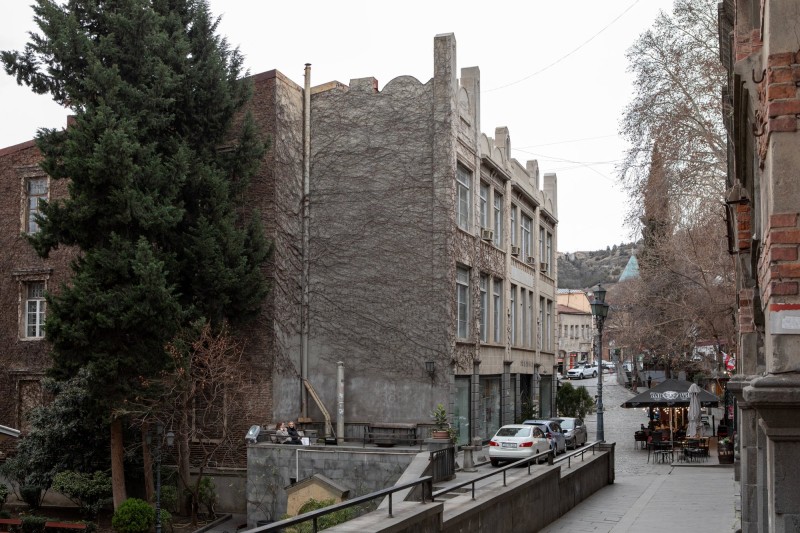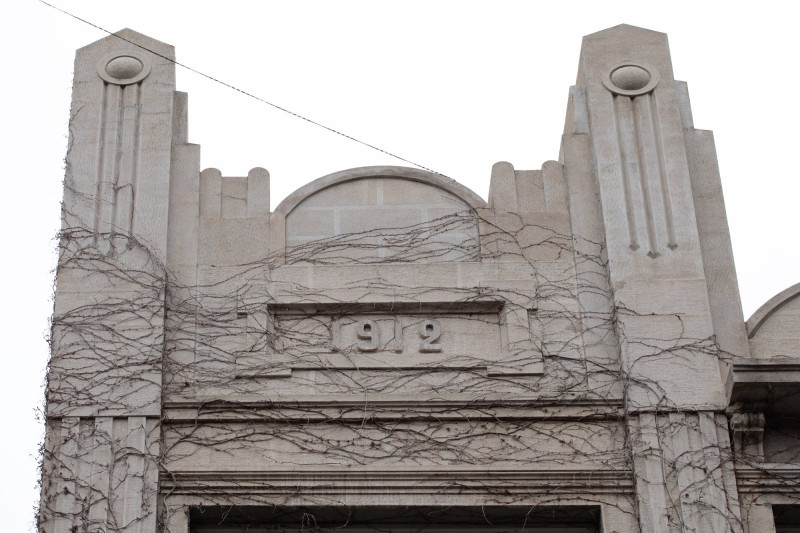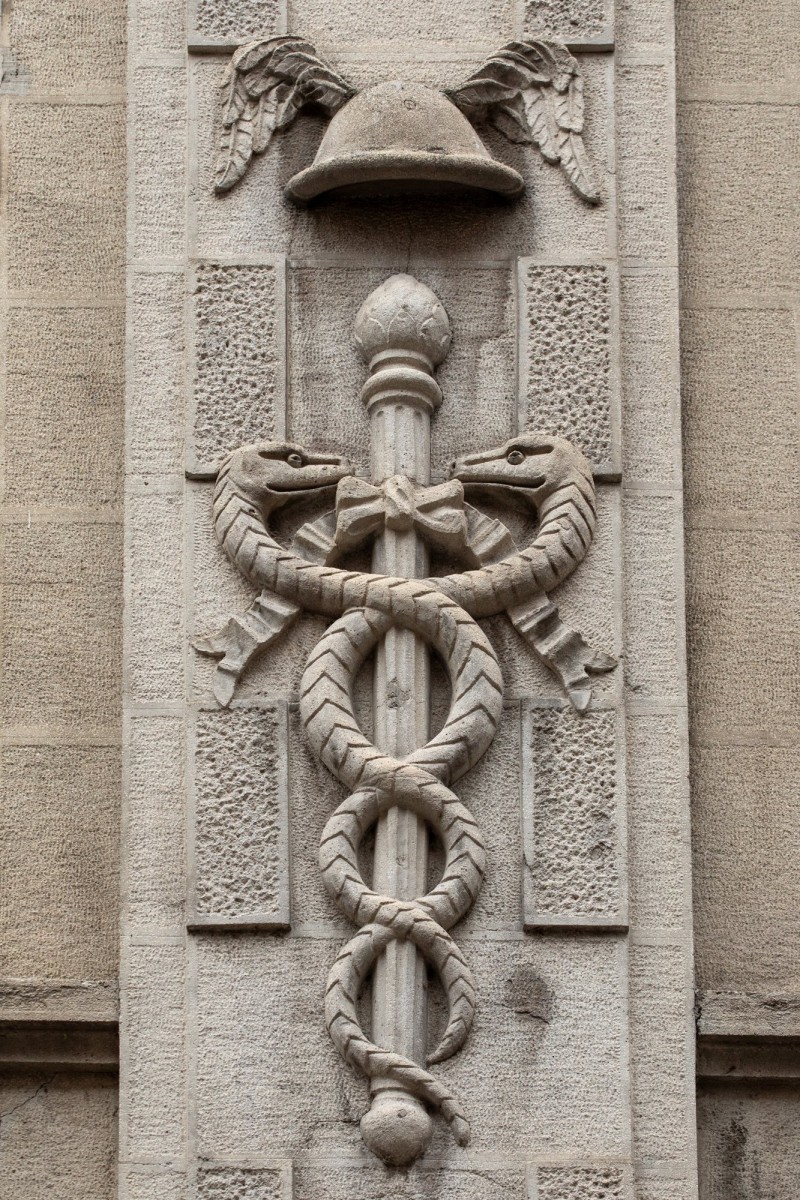
Information in details
8, Sioni St., 8, Zviad Gamsakhurdia embankment. One of the charms and colors of Tbilisi, located on the important trade road connecting East and West, was represented by commercial and public buildings - caravanserais. The word "caravan" borrowed from the Persian language means a caravan house, and it served as a night-stopping place for merchants' caravans and a warehouse for goods; various trade agreements were made here, and an agreement was made on raising and lowering prices. There were a large number of caravanserais in feudal Tbilisi, and in the 19th century, new caravanserais were built in accordance with new needs. According to archival data, In 1836, there were 7 caravanserais in Tbilisi, and in the early 1850s - 13 (all owned by private individuals). A special place among the Tbilisi caravanserais of the nineteenth century was occupied by the Artsruni caravanserai, which got its name from the name of its owner - Tbilisi merchant Geurk Agha-Artsruni. It was the first new large caravanserai, which was built in 1820 on the site of the former caravanserai of Tbileli, southeast of the Sioni Cathedral, using the old foundations. In this place, the first caravan was built by King Rostom in 1650 and later he gave it to the bishop of Tbilisi. The three-story building of the Artsruni caravanserai had a typical layout for the caravansaries, the storage rooms with different functions were gathered around the large courtyard, which opened to the inner courtyard with arched openings and an open metal gallery-balcony; On the upper floor there were 33 living rooms, on the second floor there were 25 small commercial facilities and shops, where it was possible to buy goods at wholesale prices. There were storage rooms and warehouses on the first floor of the caravanserai: one large and 24 small. Also, 11 rooms were opened on the first floor, where carpenters and tailors worked. There was also a swimming pool in the inner courtyard of the caravanserai. It should be noted that the basement of the building is a part of the caravanserai from the time of King Rostom. These vaults had a vaulted roof made of bricks, and it was the architecture of the vault that survived the numerous invasions of the enemies. After the fire of 1855, the building was rebuilt, however, the monumental facade facing the coast, decorated with Tuscan semi-columns of the colossal caravan order, belongs to 1820 and is one of the remarkable examples of the Russian classicist style in Tbilisi, while the modern - "Art Nouveau" style facade facing the Sioni Street was built in 1912. The caravanserai retained its original function until the 1920s. As a result of the adaptation-restoration of the building in 1984, the open courtyard of the caravanserai was covered with a cylindrical arch. Since 1985, the National Museum of Georgia, founded in 1910, has been housed here. Tbilisi History Museum was located. Collections related to the history, life, and culture of Tbilisi are preserved in the museum funds. Among them, rich archaeological, ethnographic, documentary material, folk and applied arts, bronze age weapons and clay products, feudal age glazed and other types of clay vessels, and porcelain products, military weapons, musical instruments, numismatics, Georgian and foreign artists artistic and graphic works. A wine museum has been opened in the unique cellars of the caravanserai, which, in addition to more than 200 types of wine, tells us the history of the late Middle Ages and introduces us to the architectural characteristics of that era. "


 თბილისი, Zion Street N8
თბილისი, Zion Street N8
 41.6909547, 44.8074781
41.6909547, 44.8074781





